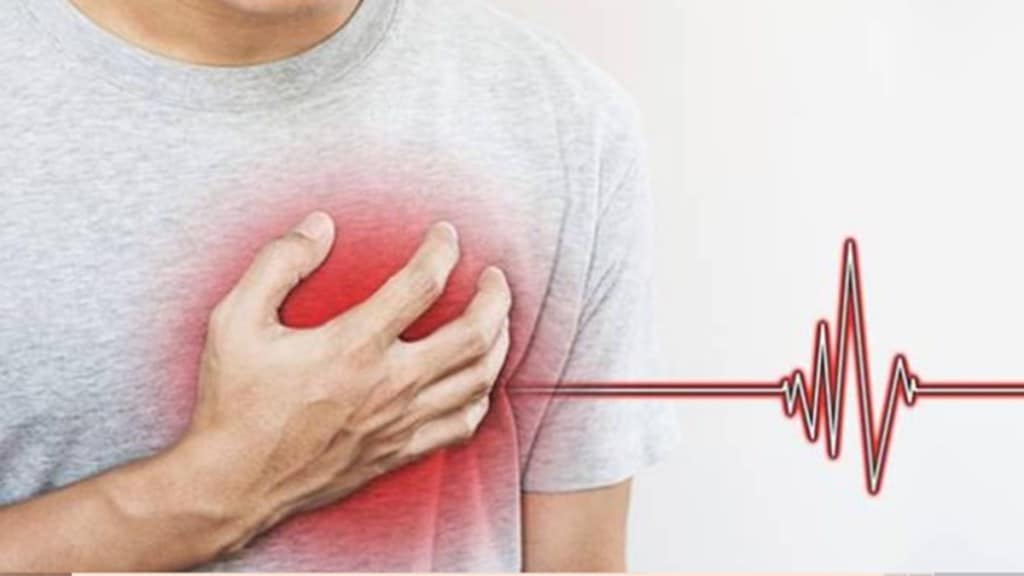What can a physician say about the health of a planet? Arguably a lot if it is about plant Earth and the doctor in question happens to be one who has stayed deeply engaged in matters of public health. Trained as a cardiologist and epidemiologist, the founder and past president of the Public Health Foundation of India, Dr K. Srinath Reddy has blended his experience across these domains and brought out a new book rather appropriately titled “Pulse To Planet.” Seen from the lens of sustainability and health, he has a very relevant chapter in the book. It goes under the header: “Health Hazards of a Planet in Peril.”
Global harming
The extreme weather pattern, he feels, is best understood ‘global harming’. He explains: “Both high and low temperatures harm human health since the human body can function well only within a limited temperature range that allows the body temperature to be maintained around 37 degrees Celsius (98.6 degrees Fahrenheit). The body does have adaptive mechanisms – blood vessels on the surface can dilate to expel heat or constrict to conserve it and sweat can be used as a mechanism that cools through evaporation.’’ However, “these are stretched beyond the limits of adaptation if the weather conditions are extreme; age limits the degree of body’s response and pre-existing diseases increase vulnerability.”
Also, heat exhaustion, heat stroke and circulatory failure are increasingly severe manifestations of exposure to severe heat, the Padma Bhushan awardee doctor elaborates.
He also cautions that “persons in outdoor occupations (like agricultural workers or construction workers), playing outdoor sports or cycling to work and the homeless are especially likely to suffer severe or prolonged exposure. The elderly will suffer because the blood vessels have less elasticity and reduced ability to adapt to changes in blood volume resulting from dehydration.”
Brain strokes to renal disease
He says, “even brain strokes and paralysis can result from dehydration and an increase in blood viscosity. Persons with pre-existing cardiovascular or renal disease become especially vulnerable and contribute to high death rates from extreme heat. As heat levels rise, the risk of intra-group and inter-group conflicts increases due to increased irritability, less patience and also competition for scarce water resources.”
Babies, he reminds, “have a higher content of water in their bodies (75-78 per cent) in comparison to adults (60−65 per cent) and less ability to sweat. They are, therefore, more likely to suffer from the effects of dehydration as well as a rapid rise in body temperature. They are also less resilient to severe cold. Thus, the very young, the elderly, the diseased and the poor will suffer the most because of their vulnerability, offending our civilizational commitment to protect the weak, infirm and the age groups that are most dependent on society for the protection of their health and well-being.”
Extreme cold too can threaten health
Some of the direct effects of extreme cold weather can have both direct and indirect impact, including the risk of heart attacks and strokes.
“Frigid winters,” he writes, “also increase the incidence and severity of mental disorders such as depression, especially if scant sunlight results in a string of dark and gloomy days. As nature weeps over human folly, weather events take the form of excessive rainfall or cyclones with flooding of a populated area.”
As the heat rises, he writes, “mosquitos that thrive in warm weather conditions will be able to climb to higher altitudes, displaying athletic agility in ascent even as humans grow listless in the torpid weather. Vector borne diseases such as malaria, transmitted by mosquitos, will gain new ground. Even at lower levels, mosquito-borne diseases such as dengue and Zika will spread faster and farther as heat and humidity provide the stimulus for their vectors to multiply.”
Also, in times of scarce availability of potable water, the good doctor explains: “waterborne infections will spread through the consumption of contaminated water. Diarrhoea, especially among children, will become a killer. Bacterial, viral and parasitic agents of deadly or debilitating infections, which lurk in contaminated water, will become more widely prevalent. Hepatitis, cholera, gastroenteritis, dysentery and typhoid will become prevalent as contaminated water and unsanitary living conditions combine in the aftermath of climate related natural disasters.”
Fungal infections to AMR
Heat, the doctor says, “also enables deadly fungal infections to appear and spread, like Candida auris; it emerged as recently as 2009 as a killer with 60 per cent mortality among those infected.
Quoting a report released by the United Nations Environment Programme in February 2023, he points to “climate change and antimicrobial resistance (AMR)” as two of the greatest threats to the global health with both interlinked. Consider this: With global warming, the gradients that drive the evolution of AMR accelerate.
Chronic ailments
Dr Srinath Reddy writes: “increases in heat and humidity will cause a rise in chronic respiratory diseases, aggravate asthma and disturb mental health. Cancers of the skin and lung will become more common.”
Apart from the impact on the plant and animal life, he concludes the chapter cautioning that “despite our scientific fascination with our genes and the confidence that we can manipulate them, we will be curtailing their future if we carelessly cause the damaged environment to guillotine their future.”
Our genes, he reminds, “will survive and thrive only if we take care to let our planet survive and thrive. We are not on a lonely planet, but this is our only planet!”
(Dr Soumya Swaminathan, the former chief scientist at the World Health Organisation (WHO), is to share with Financial Express Online, her review of this newly released book that is now available on Amazon).
